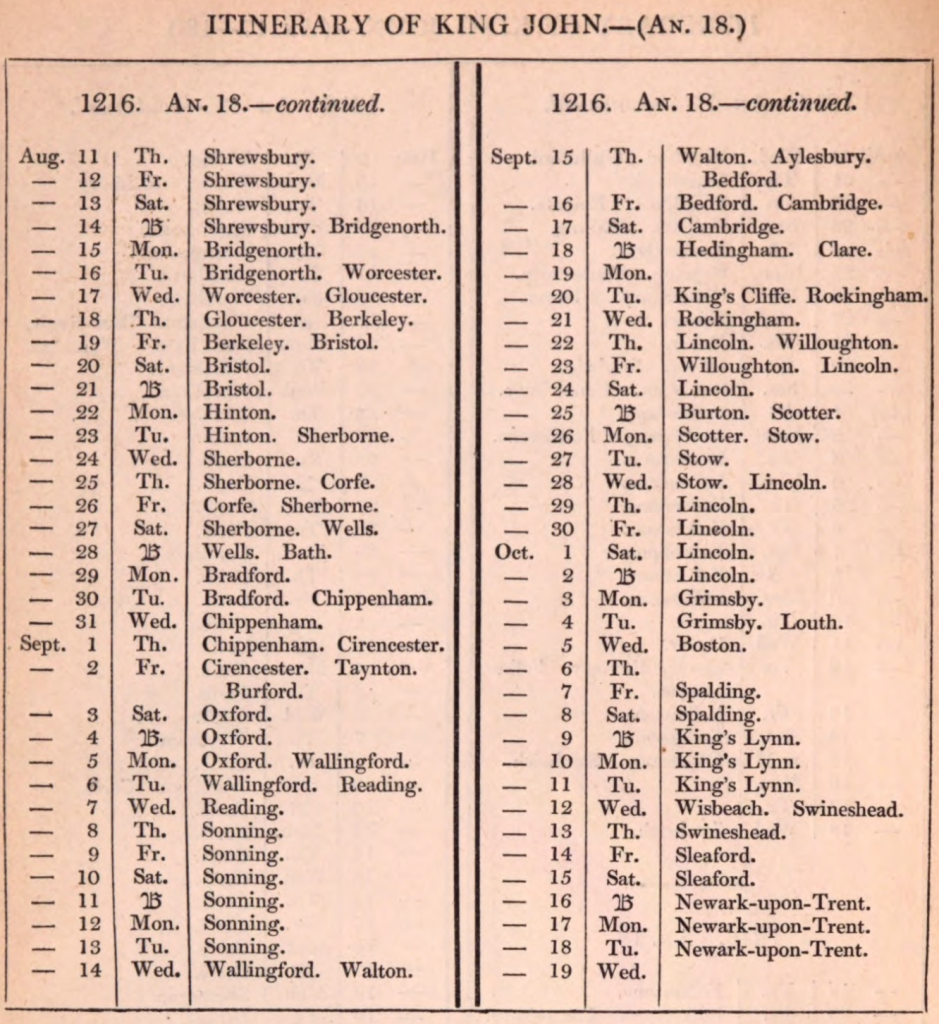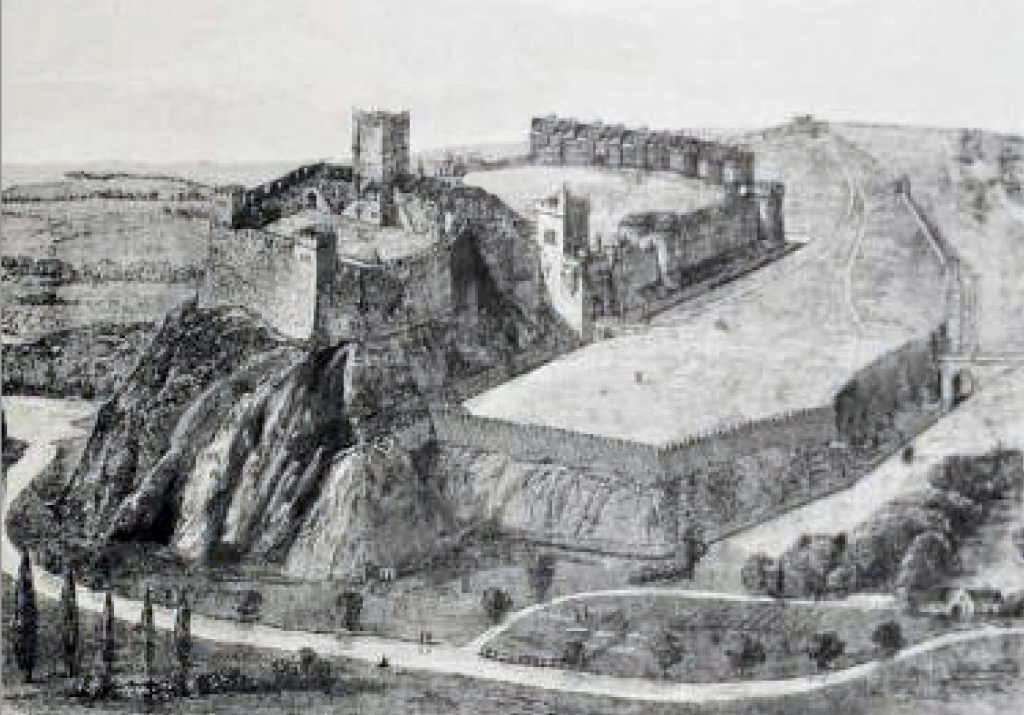I remember the first time I read Robin Hood. I knew the story thanks to Disney and Errol Flynn, but reading it fired my imagination. To my mother’s horror, I was launching myself from couches and brandishing a long wooden spoon that stood in for Little John’s wooden stave.
The Robin Hood story is baked into our collective DNA. The story is timeless with endless opportunities to reimagine it, and with each retelling the story burrows deeper into our hearts.
Historical fiction author Charlene Newcomb has explored Sherwood Forest, first with her acclaimed Battle Scars series, and now with a different spin on Robin Hood, her latest release Rogue. I’ve been a fan of Char’s work since I won For King and Country (Book 2 of Battle Scars) in a giveaway and binged the whole series over one summer weekend. Rogue is a standalone work that delivers adventure, intrigue and a sweet romance between Robin’s son and Much the Miller’s daughter.
It is my great pleasure to welcome Char again to my blog where she discusses why she wrote a Robin Hood novel.
Writing Robin Hood who-is-not-yet-Hood, by Charlene Newcomb
I never intended to write a novel about Robin Hood. The legendary outlaw has captivated audiences for centuries and inspired countless tales of justice, adventure, and rebellion. I ‘knew’ the infamous archer and his exploits from classic literature, television series, and films – mostly the latter two. Many tales explore Robin’s turn to the Dark Side (sorry, my sci fi influence). He has been depicted as a nobleman in some tales, a commoner in others. His main adversaries are the Sheriff of Nottingham and King John. And ultimately, he becomes an outlaw living in Sherwood Forest with his band of Merry Men.
What could I bring to Robin’s backstory, his life, that was different?
“Everything old is new again. But your story is different because you wrote it.”
Erik J. Brown, “Am I Boring? And Other Questions Imposter Syndrome asks a Published Author
The first medieval historical fiction I wrote was a short story about two crusader knights who served Richard the Lionheart. (Major influence: Robin Hood (BBC).) Their friend – a knight named Will who was well known for his skill with bow – makes an appearance as they await a battle at dawn. Familiar with the legends and Robin Hood’s association with King Richard, my critique partners said ‘why isn’t he Robin Hood?’
My short story blossomed into a full blown novel (Men of the Cross). From the start, I decided to morph Will into the enigmatic Robin. The man who-is-not-yet-Hood was born. In a subsequent chapter of that work, two teenaged camp followers – reminiscent of the memorable duo Oliver Twist and Artful Dodger – were caught picking pockets. Their scene was a one-shot, until again, one critique partner said, ‘I hope we see them again.’ The teenagers turned out to be so much fun, I integrated them into the lives of the main characters. Hello Allan a Dale and Little John.
I still had no plans to center a novel around Robin, though I seeded bits and pieces of his background that created an origin story – my version of the legend – in Men of the Cross and two subsequent novels in my Battle Scars trilogy.
Enter Rogue. Deciding where to open this new tale was a challenge. There is an abundance of juicy history during King John’s reign (1199-1216), and so many places for adventure, robbing the rich, and giving to the poor. I wanted Rogue to be a standalone, so picking up where Battle Scars III left off (in 1199) didn’t seem like the best choice for the goals I had for the story.
Jump ahead to 1216. King John is embroiled in civil war – the First Barons’ War – after he reneged on agreements laid out in Magna Carta in June 1215. Rebel barons invited King Philip of France to claim the English crown, the French have invaded and pillaged southern England, the Scots have pledged fealty to Prince Louis (Philip’s son & heir), and rebellious barons hold London.
John fled to the west country and over many months advanced eastward, pillaging his enemies’ estates in pursuit of the rebels. When he learned the Scottish King Alexander had marched to Dover, John hoped to intercept and capture him. From Cambridge, his hunt turned north along a route that could take him toward Nottingham. Could there be a showdown at Nottingham between the king and his old nemesis Robin? Perfect!
But wait…

King John never went to Nottingham in 1216.
But he got close. Easily a hard day’s ride in the 13th century from places like Lincoln, King’s Cliffe, Rockingham, and Sleaford.
Robin is still not ‘Hood’ when Rogue opens. He is not an outlaw living in Sherwood Forest, but he would be a wanted man if King John knew he was alive. His friend and former squire Allan a Dale has led the gang of outlaws – called The Hood – since King Richard’s death, and lives with a bounty on his head. The Sheriff of Nottingham and King John want a noose around his neck.
With King John practically at Nottingham’s doorstep, and Allan captured by the Sheriff and sitting in the castle dungeon awaiting hanging, the potential of tension, conflict, and threats to characters’ lives provided a great background for a story that could add more to my Robin legend.
Rogue is more than a ‘rescue Allan’ mission. Robin discovers his son, Sir Robert, who’d spent 11 years as a mercenary, works for the Sheriff of Nottingham. The two men haven’t been on speaking terms for almost twenty years. Robert is a king’s man. Will he risk treason, and entangle himself in a plot to rescue Allan?
He’d a grudging respect for the man, and that long before stories of Allan of the Hood and his gang in Sherwood Forest became near legend. From king to peasants, everyone had heard them told in great halls or around campfires.
They’d met twenty-some years ago when Robert was a boy, Allan barely one himself. It had been ages since their paths crossed.
Allan had served the late King Richard as squire to Robin du Louviers—Robert’s father.Robert’s jaw tightened. Father? The man hadn’t bothered to meet his son until Robert was twelve summers…
Rogue, Chapter 1
Father/son conflicts, knights, outlaws in Sherwood Forest, and spies. Top it off with a bit of romance as Robert faces a jealous rival for the affections of Joanna, Much the Miller’s daughter. Rogue may not be your typical Robin Hood tale, but come along for the adventure.
There has been debate about whether there was a real person who inspired the legends. The exact origins and historical accuracy of Robin Hood remain uncertain, and readers (and viewers) may have their favorite – is it the medieval ballad “A Gest of Robyn Hode”, Angus Donald’s mafia-type Robin in Outlaw, or Steven A. McKay’s version in Wolf’s Head? Perhaps it’s Errol Flynn in The Adventures of Robin Hood, Disney’s Robin Hood, Robin of Sherwood, or Russell Crowe, Kevin Costner, or Taron Egerton’s Robin Hood, orSean Connery in Robin and Marian? Will my Robin who-is-not-yet-Hood be recognizable? (I’m thinking Sean Bean would be perfect as my Robin.) Maybe I can entice you to find a new favorite. I hope you’ll read and enjoy Rogue.
A knight sworn to keep a family secret.
A king who seeks revenge.
A daring plan to save one life…or condemn many.
England 1216AD. Sir Robert Fitzwilliam faithfully serves the English crown, but when the outlaw Allan a Dale, a childhood friend, is captured and thrown in the sheriff’s dungeons beneath Nottingham Castle, trouble is certain to follow.
Allan’s days are numbered. Nothing would please King John more than to see an old nemesis hanged. Nothing except watching Robert’s estranged father, Robin, dangling dead from a rope beside him.
When his father joins forces with the Hood gang to rescue Allan, enlisting the aid of friends and even the girl he loves, Robert must decide where his loyalties lie.
About the Author
Charlene Newcomb, aka Char, writes historical fiction and science fiction. Her Battle Scars trilogy is set in the 12th century during the reign of Richard the Lionheart. It’s filled with war, political intrigue, and a knightly romance of forbidden love. All 3 books are indieBRAG Medallion honorees; Book II is a Historical Novel Society Editors Choice, a finalist in the Chaucer Awards for pre-1750 Historical
Fiction, and received an Honorable Mention from Writer’s Digest.
While medieval historical fiction has her under its spell at the moment, her writing roots are in the Star Wars Expanded Universe (now known as Legends) where she published her first short story in 1994 in the Star Wars Adventure Journal. She published a scifi/space opera, Echoes of the Storm, which was awarded 1st in
category in the Chanticleer International Book Awards in 2021.
On a more personal level . . .
Librarian (retired).
US Navy veteran.
Mom to 3 grown, amazing people, grandma to 3 adorable boys.
She spends most of the year in Louisiana, but escapes summer heat and humidity
visiting family in Washington and Colorado.
For more information, visit Char’s Website and for upcoming news, subscribe to her Newsletter. Connect with Char through Facebook, Twitter, and Instagram. All her books are available on Amazon.






As a young lad I loved watching Robin Hood on the big screen and TV. I’m sure to enjoy reading Char’s new tale about the legendary character.
Thanks Cryssa for sharing.
LikeLiked by 2 people
Thanks for commenting! I hope you love Rogue!
LikeLiked by 1 person
I’ve often wondered if the original Robin Hood stories came from the exploits of Hereward (the Wake) he too was classed as an outlaw and took shelter in the forest – which in the late 11th century stretched from England’s east coast all the way across to Wales – the only remaining bit is Sherwood Forest. Parts of Hereward’s story resemble Robin’s – so is this where the legend began?
LikeLiked by 1 person
Quite possible, Helen! Hereward’s background does sound very similar to many of the stories we hear about Robin Hood, so it’s quite possible Robin’s exploits were based on his.
LikeLiked by 1 person
Thank you for having me visit today, Cryssa, to share about ROGUE. 🙂
LikeLiked by 1 person
You’re very welcome!
LikeLiked by 1 person